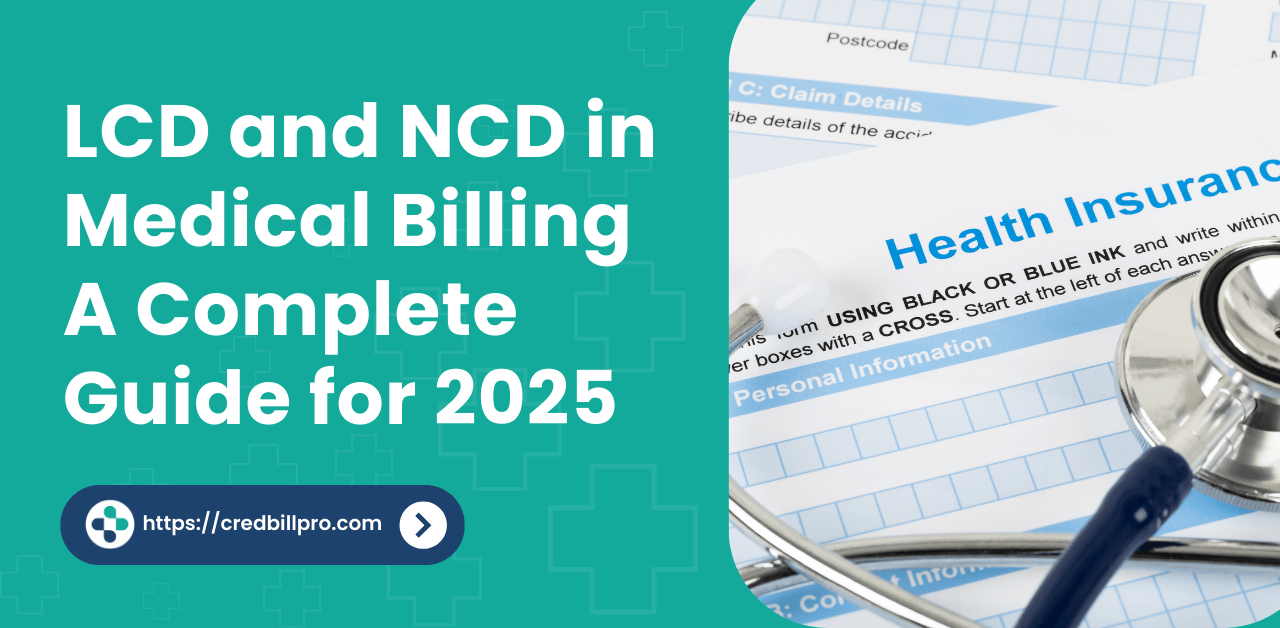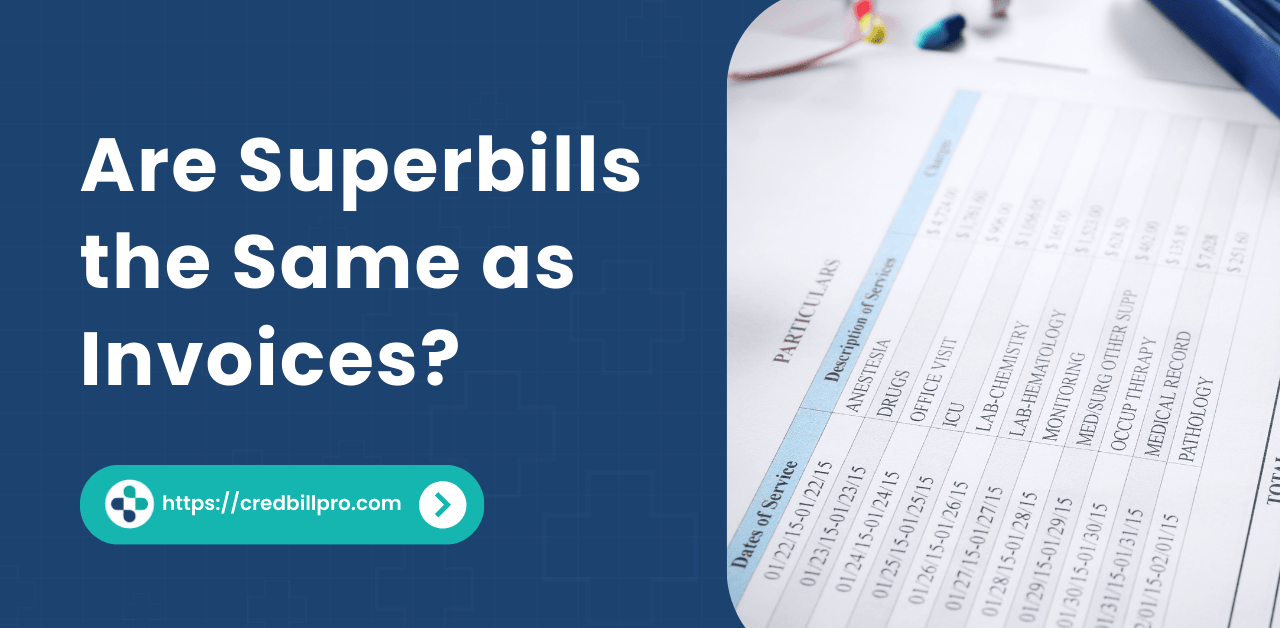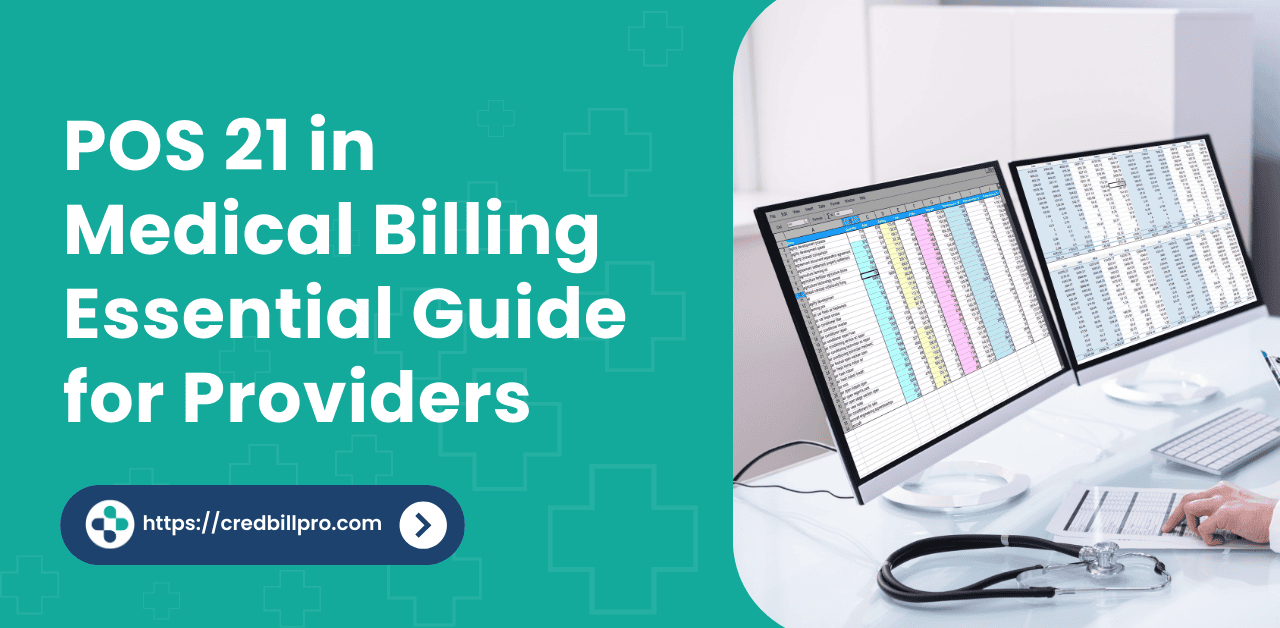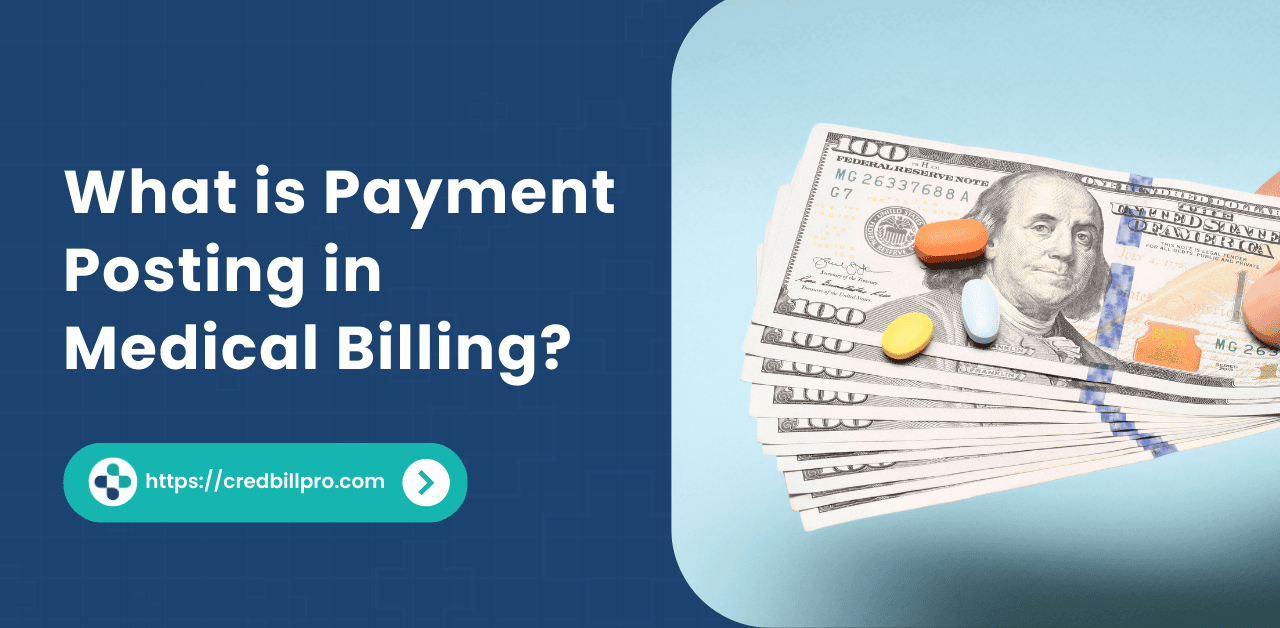Submitting clean claims is crucial for the smooth functioning of the healthcare billing process. It ensures faster reimbursements, reduces claim denials, and improves operational efficiency. This article explores why submitting accurate, complete, and well-documented claims is important for healthcare providers to maintain financial health and streamline their revenue cycle.
What Are Clean Claims?
Clean claims are those that are submitted to insurance companies or payers without any errors or omissions, meaning they contain accurate patient information, proper medical codes, and meet all necessary requirements for processing. In essence, a clean claim is a complete and error-free healthcare claim that is ready for timely reimbursement.
Healthcare providers depend on clean claims for several reasons. When a claim is clean, it significantly reduces the chances of being rejected or delayed, ensuring that payments arrive on time. Claims that contain errors or incomplete information must be corrected, causing delays and increasing administrative costs, which can be detrimental to a healthcare provider’s cash flow.
For example, a clean claim may include accurate medical codes such as ICD-10 (International Classification of Diseases) for diagnosis, CPT (Current Procedural Terminology) for procedures, and the correct payer information. A missing code or incorrect date of service can result in a claim being rejected, costing both time and money.
The Healthcare Claims Submission Process
Submitting healthcare claims involves a series of steps that healthcare providers follow to ensure they receive payment for services rendered. The process begins when a healthcare provider delivers a service to a patient. Information, such as patient details, insurance data, medical codes, and the treatment provided, must be recorded accurately.
- Patient Information Collection: The first step in claim submission involves collecting all necessary details from the patient, including insurance information and medical history. This information must be accurate to avoid claim denials later.
- Coding the Services: The next step is to assign appropriate medical codes for diagnoses and treatments. ICD-10 codes are used for diagnoses, while CPT codes identify procedures and services provided. Medical coders must ensure that these codes are accurate and correspond to the services rendered.
- Claim Generation: Once coding is complete, the claim is generated using either manual or automated software systems. Claims are usually submitted electronically via the Health Insurance Portability and Accountability Act (HIPAA)-compliant systems or through clearinghouses.
- Claim Submission: After the claim is created, it is submitted to the insurer or payer. Many healthcare providers now use Electronic Data Interchange (EDI) systems for this purpose, which significantly speeds up the submission process.
- Claim Adjudication: Once the claim is submitted, the insurance company reviews it, checking for accuracy, eligibility, and payment terms. If a claim passes this stage, it is processed for reimbursement.
- Claim Denial or Payment: If the claim contains errors, the payer will either deny it or request additional information. Healthcare providers must address these issues and resubmit claims for processing.
Benefits of Submitting Clean Claims
Submitting clean claims comes with a multitude of benefits that extend beyond fast payments. Here are some key advantages:
- Faster Payments: Clean claims are processed more quickly, leading to faster reimbursements. This reduces cash flow issues for healthcare providers, as they don’t need to wait for corrections or resubmissions.
- Reduced Denial Rates: When claims are submitted without errors, the likelihood of denial decreases. According to the American Medical Association, clean claims are up to 99% less likely to be denied compared to those with errors. This results in less time spent on reworking claims.
- Improved Operational Efficiency: By submitting clean claims from the start, healthcare providers spend less time tracking down errors, contacting insurance companies, and resubmitting claims. This frees up administrative resources to focus on patient care and other critical tasks.
- Enhanced Patient Satisfaction: When claims are submitted correctly, patients are less likely to experience delays or confusion regarding their insurance coverage. This contributes to a more positive patient experience, which can enhance provider reputation and patient retention.
- Reduced Administrative Costs: The administrative costs associated with correcting and resubmitting rejected claims are high. Clean claims help mitigate these costs, leading to more efficient revenue cycle management.
Best Practices for Ensuring Clean Claims
To ensure clean claims, healthcare providers can implement the following best practices:
- Invest in Training: Continuous training for medical coders, billers, and other administrative staff is essential. Keeping staff updated on the latest coding standards, payer requirements, and billing procedures ensures accuracy.
- Implement Electronic Health Records (EHR): EHR systems can automate the coding and claim submission process, reducing human error. Many EHR systems also have built-in checks to ensure that the correct codes and patient information are used.
- Verify Patient Information: Ensuring that patient details, including insurance information, are accurate and up-to-date before service delivery can prevent delays and errors in claims.
- Adopt a Claims Review Process: Before submitting claims, it’s essential to have a review process in place. A thorough internal review can catch errors and inconsistencies that may lead to claim denials.
- Utilize Claim Scrubbing Tools: Claim scrubbing tools automatically check claims for errors before submission. These tools can identify missing information, incorrect codes, and other potential issues, improving the accuracy of claims.
Improve your Clean Claims Ratios with CredbillPro
Improve your clean claims ratios with CredbillPro, a trusted medical billing company. By using its advanced billing software, CredbillPro automates error-checking, ensuring accurate coding and minimizing common mistakes. The platform streamlines the entire claim submission process, making sure patient information is always correct and up-to-date. With real-time data verification and regular audits, CredbillPro helps identify recurring issues, improving your claims success rate and speeding up reimbursements.
Conclusion
Submitting clean claims is essential for healthcare providers to maintain a smooth revenue cycle. It leads to faster reimbursements, reduces claim denials, and improves operational efficiency. By adhering to best practices and using modern technologies, healthcare providers can minimize errors and maximize their financial health, ensuring timely payments and a positive experience for both patients and providers.
FAQ’S
What is a clean claim ratio?
It’s the percentage of claims submitted without errors, which helps avoid denials and delays in reimbursement.
How does CredbillPro improve clean claim ratios?
CredbillPro automates error-checking and ensures accurate coding, reducing claim rejections and speeding up payments.
Why are claims denied?
Denials usually happen due to incorrect coding, missing info, or expired authorizations.
Can I track my clean claim ratio with CredbillPro?
Yes, CredbillPro provides real-time tracking to help monitor and improve your clean claim ratio.
How does CredbillPro reduce costs?
By minimizing errors and rework, CredbillPro reduces administrative time and costs.
What support does CredbillPro offer?
CredbillPro offers billing audits, error-checking tools, and team training to improve accuracy.
Can CredbillPro integrate with my EHR system?
Yes, it integrates seamlessly with most EHR systems for streamlined billing.








